To advance scientific understanding of mercury exposure in biota from around the world, an esteemed group of almost 200 scientists from more than 30 countries collaborated on producing 18 peer-reviewed papers that form a Special Issue of Ecotoxicology titled Assessing Global Environmental Mercury Exposure in Biota and Potential Impacts on Biodiversity.
Tag: Mercury
BRI announces publication of in-depth scientific paper on mercury concentrations in fish and wildlife on a global scale
Biodiversity Research Institute (BRI) announces the publication of the scientific paper Global Mercury Concentrations in Biota: Their Use as a Basis for a Global Biomonitoring Framework in the journal Ecotoxicology. The paper describes for the first time currently available mercury data for fish and wildlife on a global scale.
Study Details Toxic Elements Found in Stranded Whales, Dolphins Over 15 Years
Researchers evaluated the prevalence, concentration and tissue distribution of essential and non-essential trace elements, including heavy metal toxicants in tissue (blubber, kidney, liver, skeletal muscle, skin) and fecal samples. Findings reveal how toxicant levels relate to their sex, breed, age and other demographic factors.
Study: Global deforestation leads to more mercury pollution
About 10 percent of human-made mercury emissions into the atmosphere each year are the result of global deforestation, according to a new MIT study.
Microalgae vs. mercury
In the search for ways to fight methylmercury pollution in global waterways, scientists at Oak Ridge National Laboratory discovered that some forms of phytoplankton are good at degrading the substance.
Addressing chemical pollution in biodiversity research
Five major drivers of biodiversity loss have been recognized: habitat destruction; overexploitation of natural resources; climate change; invasive species; and 5) pollution. Traditionally, ecologists have focused on the first four drivers, while chemical pollution has been addressed mainly regarding eutrophication.…
Global Efforts to Eliminate Mercury Skin Lightening Products
Led by the UN Environment Programme (UNEP), with funding from the Global Environment Facility, and executed by the World Health Organization (WHO) and Biodiversity Research Institute (BRI), the Eliminating mercury skin lightening products project will work to reduce the risk of exposure to mercury-added skin lightening products, raising awareness of the health risks associated with their use, developing model regulations to reduce their circulation, and halting production, trade, and distribution across domestic and international markets.
Toxic metals in baby food: Researchers find ‘concerning’ gaps in U.S. regulations
U.S. is lacking in the strict regulations for commercially produced baby foods that parents might expect, according to research team that outlined risk prevention strategies for parents and health care professionals.
Ancient Maya cities were dangerously contaminated with mercury
A new review shows that the soil in the cities of the ancient Maya are heavily polluted with mercury. As vessels filled with liquid mercury and objects painted with cinnabar have been found at many Maya sites, the authors conclude that the Maya were heavy users of mercury and mercury-containing products. This resulted in severe and dangerous pollution in their day, which still persists even now.
Living laboratory, biodiversity hub: The Oak Ridge National Environmental Research Park
Nestled at the intersection of eastern Tennessee’s Anderson and Roane Counties, the Oak Ridge National Environmental Research Park is a living laboratory and a major resource for conducting ecological studies.
Bluefin Tuna Reveal Global Ocean Patterns of Mercury Pollution
Bluefin tuna, a long-lived migratory species that accumulates mercury as it ages, can be used as a global barometer of the heavy metal and the risk posed to ocean life and human health, according to a study by Rutgers and other institutions.
New Study Shows High Mercury Levels in Indigenous Latin American Women
Women in three Latin American countries who rely on fish for protein and live in proximity to gold mining activity have been found to have elevated mercury levels, according to a new study, Mercury Exposure of Women in Four Latin American Gold Mining Countries. The study was conducted by the International Pollutants Elimination Network (IPEN) together with Biodiversity Research Institute.
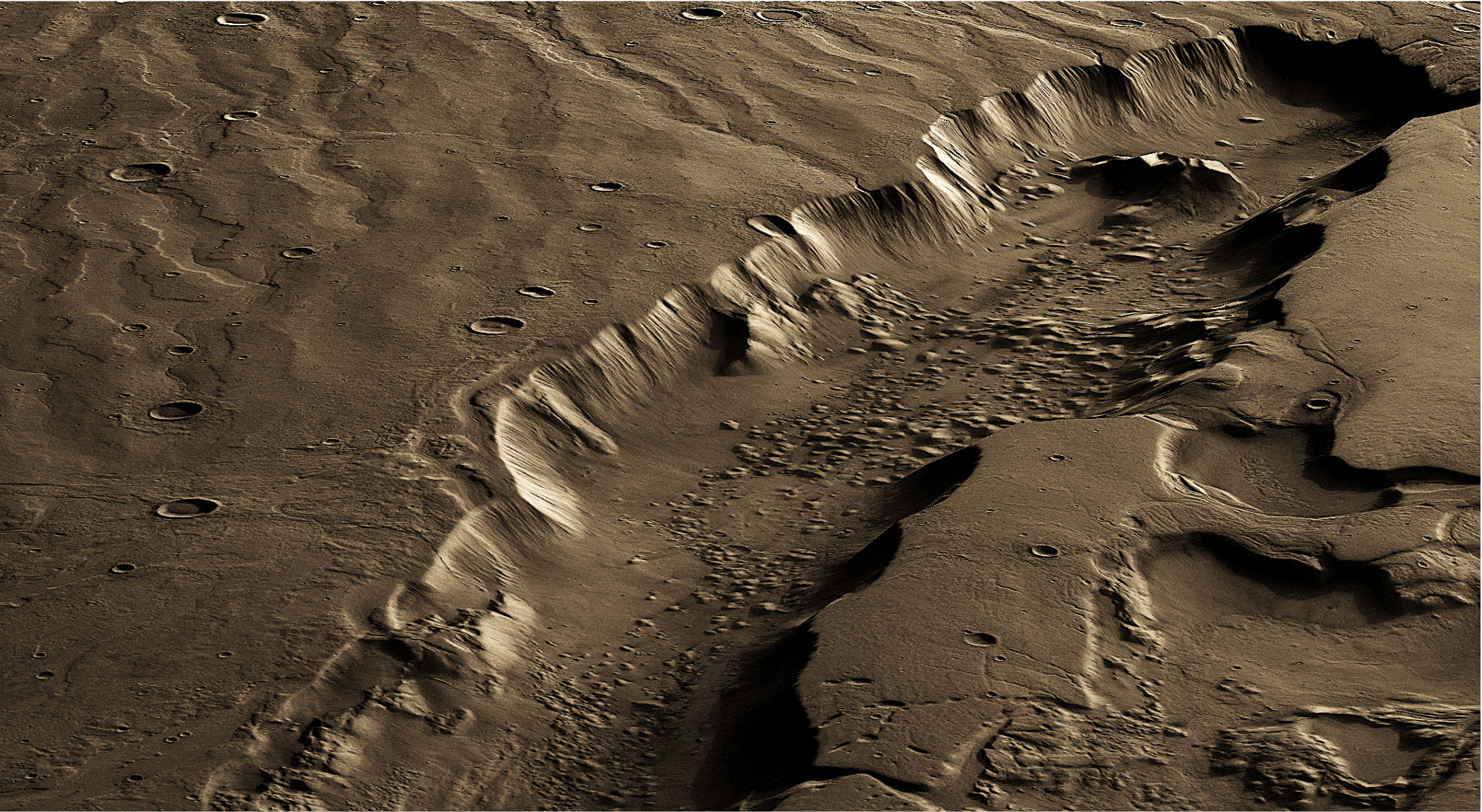
Best Region For Life on Mars Was Far Below Surface
The most habitable region for life on Mars would have been up to several miles below its surface, likely due to subsurface melting of thick ice sheets fueled by geothermal heat, a Rutgers-led study concludes. The study, published in the journal Science Advances, may help resolve what’s known as the faint young sun paradox – a lingering key question in Mars science.

The Impact of Mercury in New York State
Biodiversity Research Institute announced that a series of scientific studies that assessed the impact of mercury on air, water, fish, and wildlife in New York State was published in the journal Ecotoxicology, an international journal devoted to presenting critical research on the effects of toxic chemicals on people and the environment.
How Did Red Algae Survive in Extreme Environments?
Red algae have persisted in hot springs and surrounding rocks for about 1 billion years. Now, a Rutgers-led team will investigate why these single-celled extremists have thrived in harsh environments – research that could benefit environmental cleanups and the production of biofuels and other products.

Impact of Mercury on North American Songbirds
Fifteen papers have recently been published in a special issue of the journal Ecotoxicology. Findings: at least 58 songbird species show demonstrated effects from mercury. The journal’s October 2020 issue presents results of field, laboratory, and museum studies—from Alaska to Maine to Puerto Rico.

ESF Receives NSF Grant to Explores Methylmercury
Researchers at the SUNY College of Environmental Science and Forestry (ESF) and Syracuse University (SU) will use a $500,000 grant from the National Science Foundation to deepen our knowledge of the dangers of methylmercury, a toxic substance believed to be one of the most poisonous among the mercury compounds.
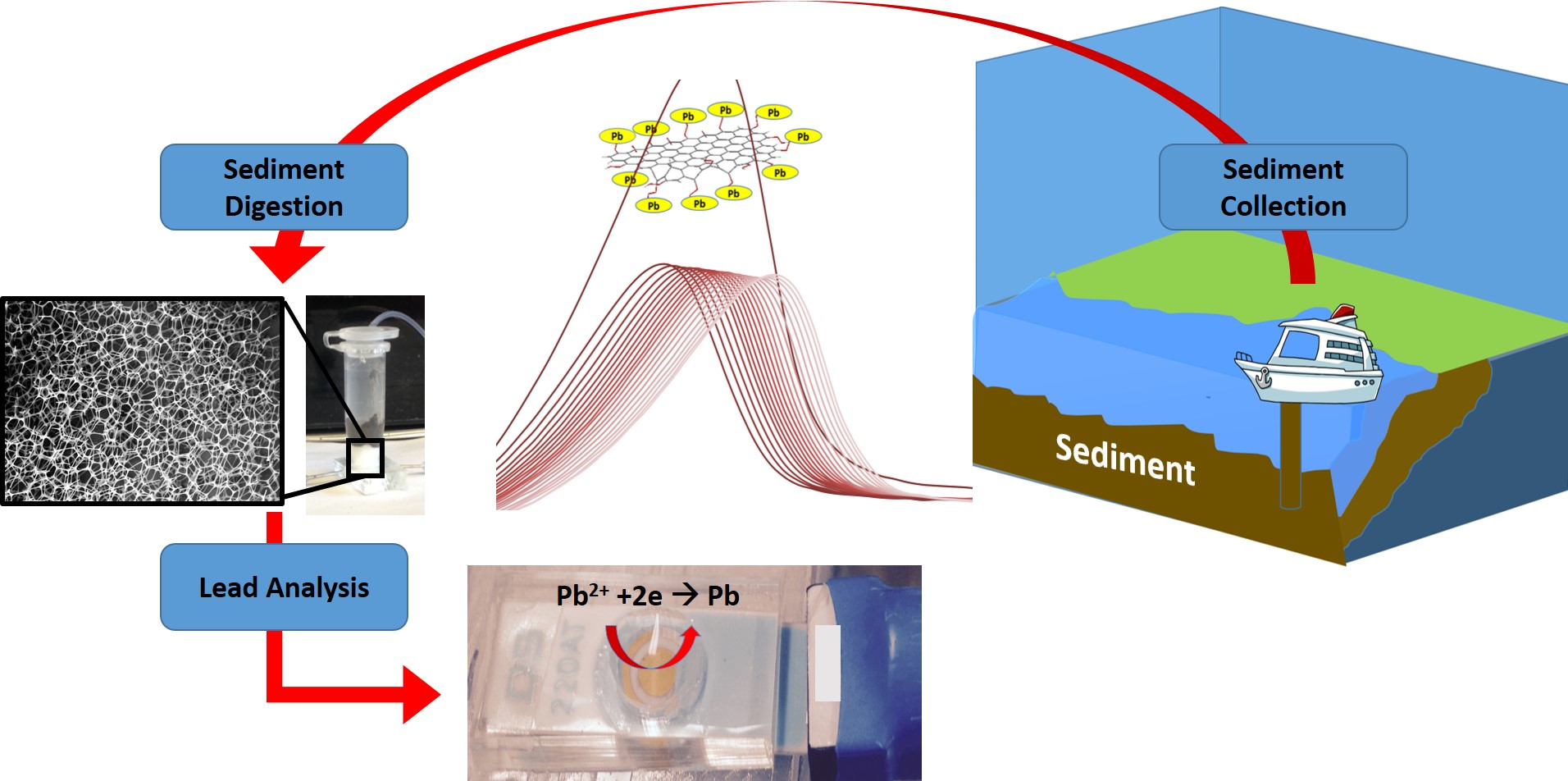
New Device Can Measure Toxic Lead Within Minutes
Rutgers researchers have created a miniature device for measuring trace levels of toxic lead in sediments at the bottom of harbors, rivers and other waterways within minutes – far faster than currently available laboratory-based tests, which take days. The affordable lab-on-a-chip device could also allow municipalities, water companies, universities, K-12 schools, daycares and homeowners to easily and swiftly test their water supplies. The research is published in the IEEE Sensors Journal.
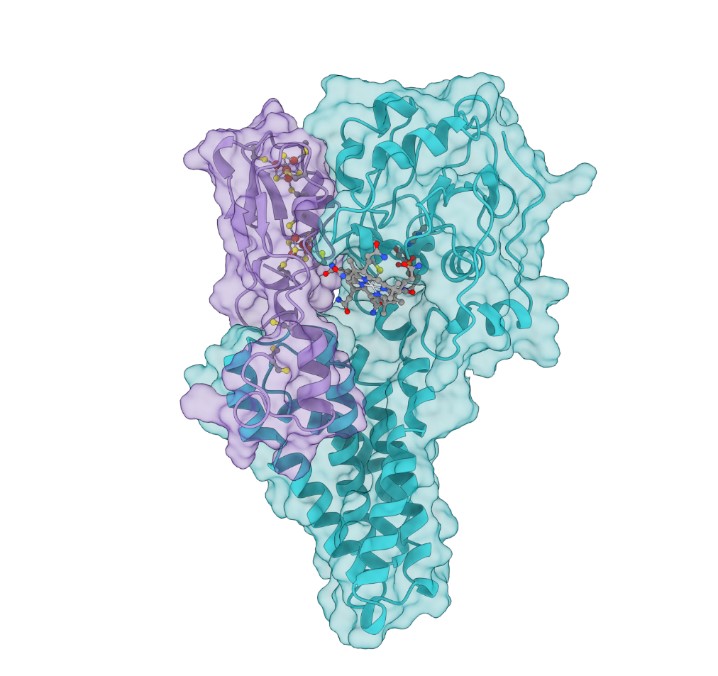
Scientists create protein models to explore toxic methylmercury formation
A team led by the Department of Energy’s Oak Ridge National Laboratory created a computational model of the proteins responsible for the transformation of mercury to toxic methylmercury, marking a step forward in understanding how the reaction occurs and how mercury cycles through the environment.

Seafood Products Made From Cells Should be Labeled Cell-Based
Companies seeking to commercialize seafood products made from the cells of fish or shellfish should use the term “cell-based” on product labels, according to a Rutgers study – the first of its kind – in the Journal of Food Science. Both the U.S. Food and Drug Administration and U.S. Department of Agriculture require food products to have a “common or usual name” on their labels so consumers can make informed choices about what they’re purchasing.
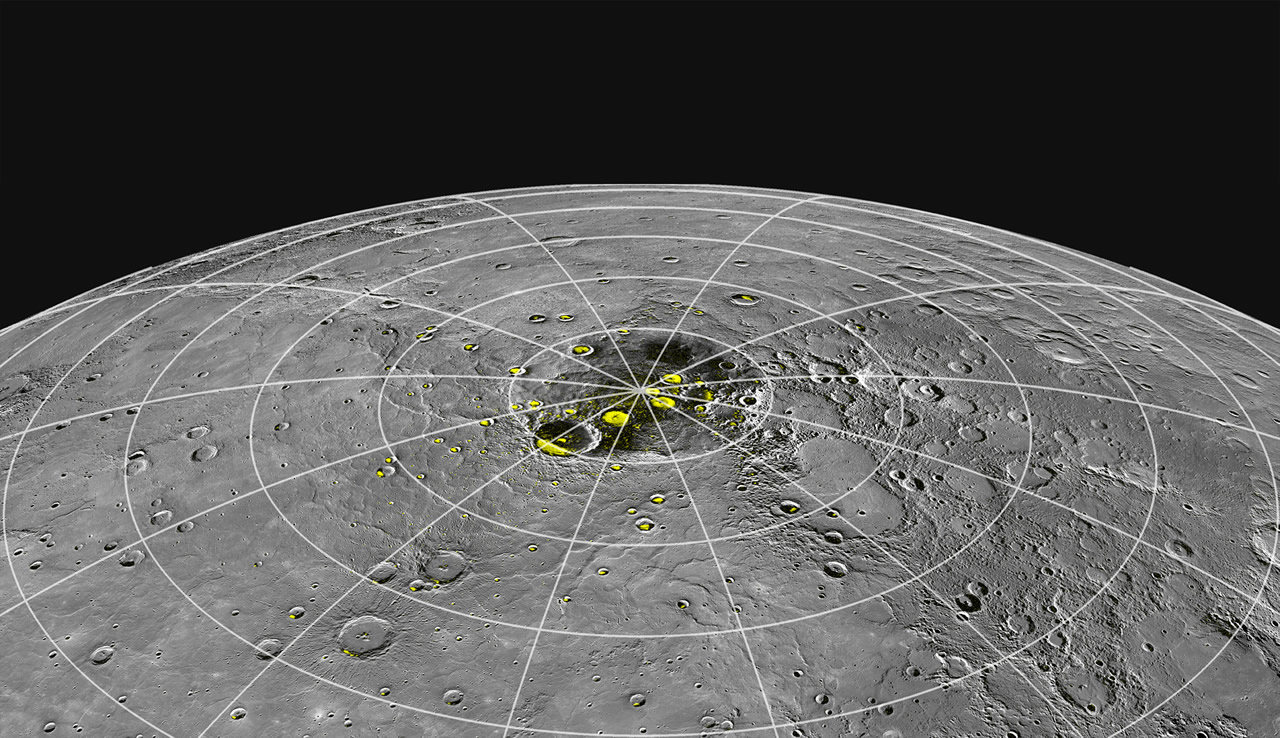
Mercury’s 400 C Heat May Help It Make Its Own Ice
Despite Mercury’s 400 C daytime heat, there is ice at its caps, and now a study shows how that Vulcan scorch probably helps the planet closest to the sun make some of that ice.
Flame Retardants and Pesticides Overtake Heavy Metals as Biggest Contributors to IQ Loss
Adverse outcomes from childhood exposures to lead and mercury are on the decline in the United States, likely due to decades of restrictions on the use of heavy metals, a new study finds.
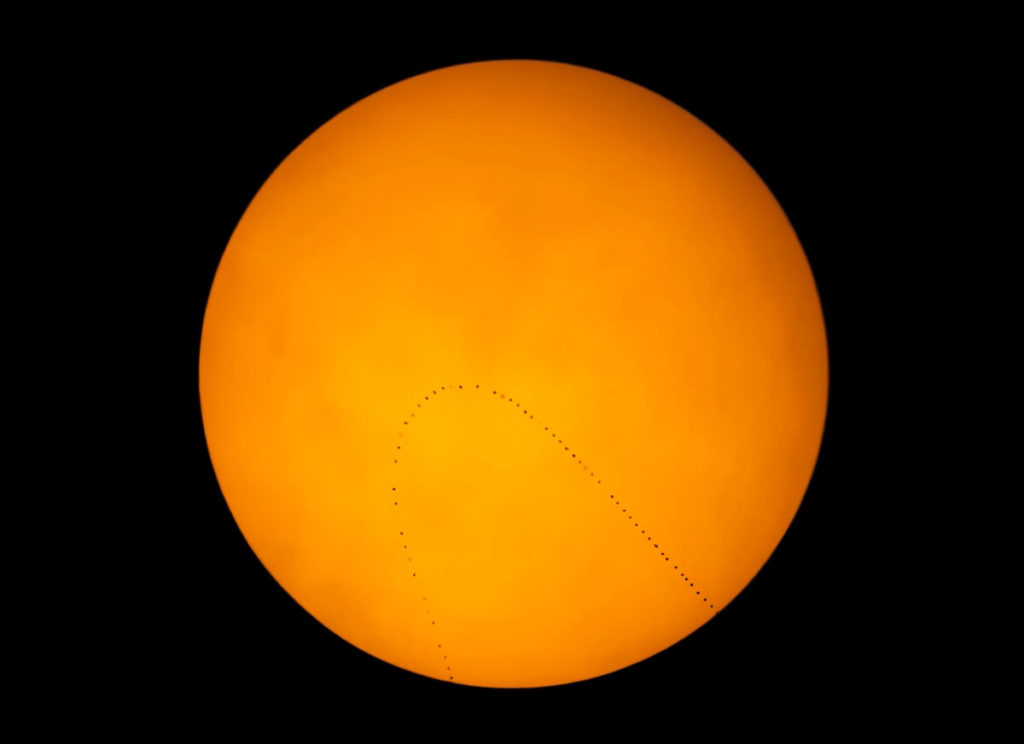
Mercury Transit Observed at Cerro Tololo Inter-American Observatory
About 13 times per century, fleeting Mercury can be seen passing directly in front of the Sun in what is called a transit. The most recent Mercury transit occurred on 11 November 11, 2019. While the path of Mercury across the Sun in fact traced a straight line, in this image the path appears to loop backwards due to an effect called field rotation as the telescope and camera track across the sky.